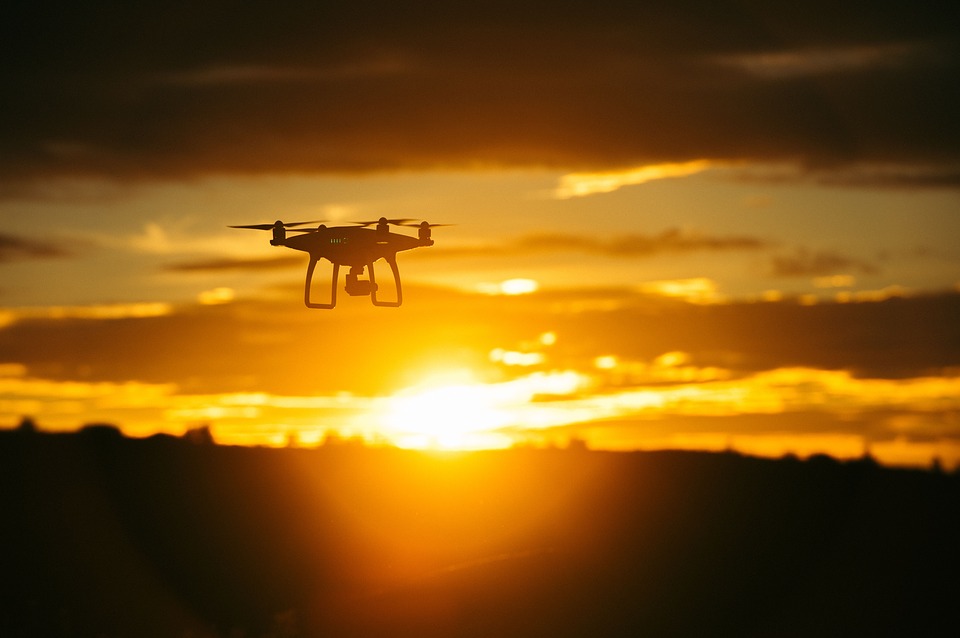
 Leaders seek approval for broader commercial applications, so they buck the trend toward looser government oversight
Leaders seek approval for broader commercial applications, so they buck the trend toward looser government oversight
By Andy Pasztor
Despite White House directives rolling back regulations affecting most industries, drone proponents are clamoring for more federal rules as the way to open up the skies for unmanned aircraft. The counterintuitive stance stems from the fact that until roughly a year ago, commercial drones effectively were barred from U.S. airspace due to safety concerns. Since then, the Federal Aviation Administration has given limited approvals for small, remotely piloted aircraft weighing up to 55 pounds.
With some exceptions, the initial package of rules permits operations only during daylight hours, up to an altitude of 400 feet and within sight of operators on the ground.
Some Drone Regulations Delayed, Others Postponed Indefinitely
But for many leaders of a budding industry that already has nearly 80,000 registered commercial drones in the U.S. and is projected to have 1.6 million by 2021, progress is too slow because the next wave of rules is still a year or two off. Considering the goal of having a single pilot control a flock of drones from long distance—possibly doing everything from dusting crops to inspecting railroad tracks—they see the FAA’s current boundaries as unduly restrictive.
“Although the regulations for the commercial use of drones issued by the FAA in August of 2016 allow for certain exemptions, those regulations proved insufficient for the growing industry from the moment they came out. As is often the case with technology, the advances and uses of drones across commercial industries have outpaced the government’s attempts to regulate drones. For instance, the drone technology of today has developed far beyond that of what it was, even just a year ago. Drone technology is advancing at such a rate that certain concerns that might have been at issue when the FAA promulgated its 2016 regulations are either no longer concerns or are soon to be resolved.
“The delay in sufficient regulation, however, threatens to stall innovation and the implementation of drones in commercial industries. Drones have the potential to perform activities from delivering packages to aiding in emergency situations. Many in the industry believe that in order to see the full potential of drones and how they can be implemented in the commercial context, there must be more comprehensive regulation of the industry, permitting drones to be used in ways the continuously developing technology allows.”





